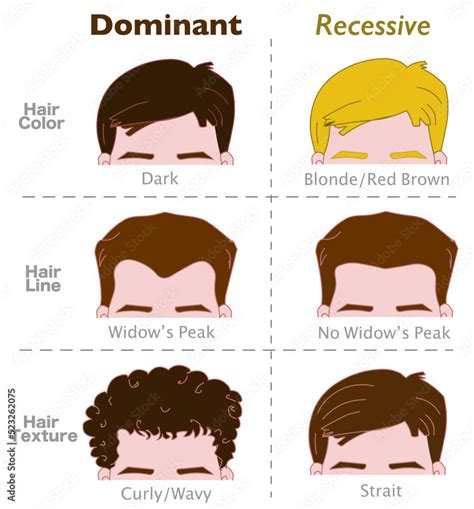What is Red Hair?
Red hair is a distinctive human hair color characterized by the abundance of the pigment pheomelanin and a reduced presence of eumelanin. It is a relatively rare hair color, occurring in only 1-2% of the world’s population.

Genetic Basis of Red Hair
The gene responsible for red hair, known as the melanocortin-1 receptor gene (MC1R), is located on chromosome 16. Mutations in this gene result in reduced production of eumelanin, which is responsible for brown and black hair colors, and increased production of pheomelanin, which imparts the reddish hue.
Geographical Distribution
Red hair is most prevalent in certain regions of the world, particularly in Northern Europe. Countries with the highest percentages of redheads include:
- Ireland: 10%
- Scotland: 6%
- Wales: 5%
- England: 3%
Unique Traits Associated with Red Hair
Beyond their distinctive hair color, redheads exhibit several other notable traits:
- Lighter Skin: Redheads typically have fair skin that is more susceptible to sunburn.
- Higher Pain Sensitivity: Some studies suggest that redheads experience heightened sensitivity to pain, particularly thermal pain.
- Increased Risk of Melanoma: Redheads have a higher risk of developing melanoma, the deadliest form of skin cancer.
- Vitamin D Deficiency: Due to their lighter skin, redheads may be more prone to vitamin D deficiency.
Medical Conditions Associated with Red Hair
In addition to the physical traits, certain medical conditions are associated with red hair:
- Endometriosis: Redheads have a higher prevalence of endometriosis, a condition characterized by the growth of endometrial tissue outside the uterus.
- Parkinson’s Disease: Some research suggests a link between red hair and an increased risk of Parkinson’s disease.
- Celiac Disease: Redheads have a slightly higher risk of developing celiac disease, an autoimmune condition affecting the digestive system.
Cultural Significance of Red Hair
Throughout history, red hair has been associated with both admiration and stigma. In ancient Greece, redheads were often depicted as goddesses, while in medieval Europe, they were sometimes associated with witchcraft. In modern times, red hair has become a symbol of individuality and uniqueness.
The Future of Red Hair
As the human population evolves, the prevalence of red hair may decline due to genetic mixing and changing environmental factors. However, the distinctive traits and cultural significance of redheads will continue to fascinate and intrigue.
FAQ
- What causes red hair? Mutations in the MC1R gene result in reduced eumelanin and increased pheomelanin production.
- Where is red hair most common? Northern Europe, particularly Ireland, Scotland, Wales, and England.
- Are redheads more sensitive to pain? Yes, some studies suggest redheads experience heightened thermal pain sensitivity.
- Do redheads have a higher risk of melanoma? Yes, redheads have an increased susceptibility to melanoma due to their fair skin.
- What are some medical conditions associated with red hair? Endometriosis, Parkinson’s disease, and celiac disease.
- Is the prevalence of red hair declining? Yes, due to genetic mixing and changing environmental factors.
Useful Tables
| Trait | Description |
|---|---|
| Hair Color | Red |
| Pheomelanin | Abundant |
| Eumelanin | Reduced |
| Skin Color | Fair |
| Prevalence | Country | Percentage |
|---|---|---|
| 10% | Ireland | |
| 6% | Scotland | |
| 5% | Wales | |
| 3% | England |
| Medical Condition | Association |
|---|---|
| Endometriosis | Higher prevalence |
| Parkinson’s Disease | Increased risk |
| Celiac Disease | Slightly higher risk |
| Pros of Red Hair | Cons of Red Hair |
|---|---|
| Unique and distinctive | Higher risk of melanoma |
| Symbol of individuality | Increased pain sensitivity |
| Fair skin that glows | Susceptibility to sunburn |
| May increase attraction | Possible stigma |
